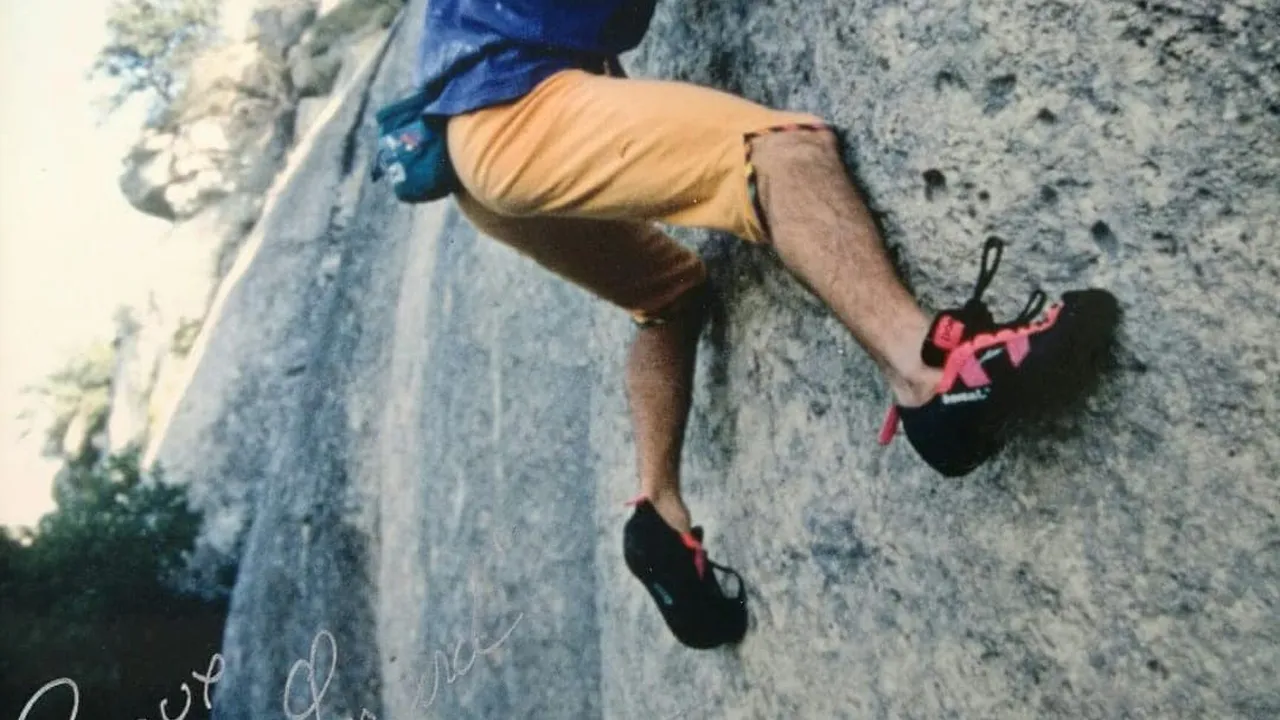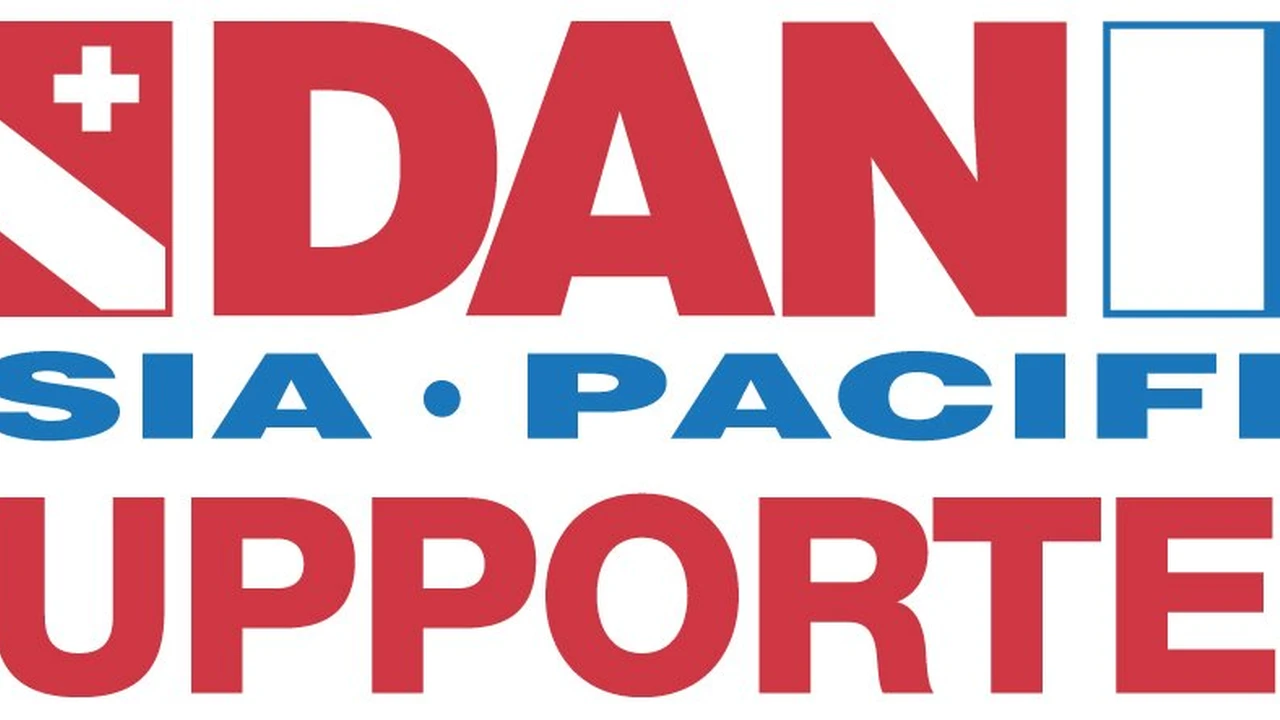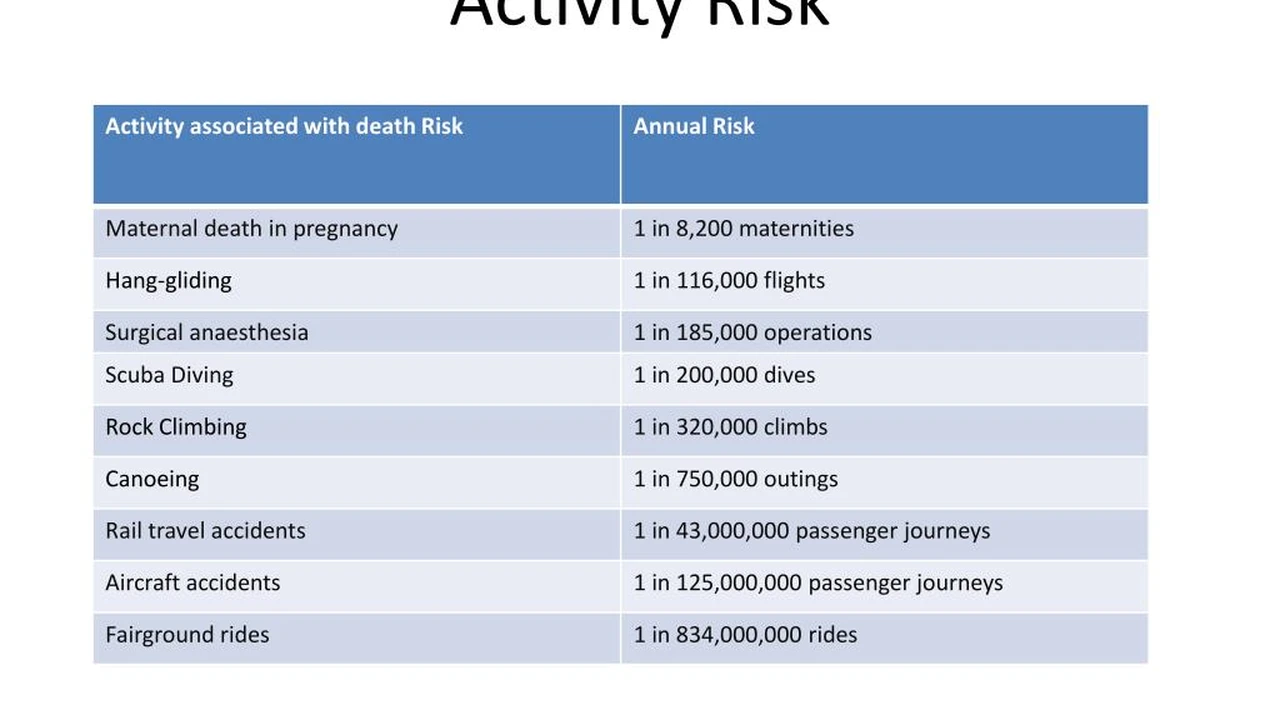Climbing Insurance for Solo Climbers: What You Need to Know

Climbing solo requires extra precautions and insurance. Learn what you need to know to protect yourself. Ensure you have adequate coverage for solo expeditions.
Why Solo Climbing Insurance is Non-Negotiable A Comprehensive Guide
So, you're thinking about tackling that epic climb solo? Awesome! But before you even lace up your boots, let's talk about something that's arguably even more important than your chalk bag: insurance. We're not trying to be buzzkills here, but when you're climbing alone, you're the only one responsible for your safety and well-being. That means if something goes wrong, you can't rely on a buddy to call for help or administer first aid. That's where solo climbing insurance comes in.
Think of it this way: solo climbing insurance is your safety net, your lifeline, and your financial shield all rolled into one. It can cover everything from medical expenses and emergency evacuation to gear replacement and even repatriation of remains (let's hope it doesn't come to that!). In this guide, we'll break down everything you need to know about climbing insurance for solo climbers, including what to look for in a policy, what activities are covered, and how to choose the right coverage amount.
Understanding the Risks Unique to Solo Climbing Insurance Needs for Solo Climbers
Let's face it: climbing is inherently risky, and solo climbing amplifies those risks exponentially. When you're climbing with a partner, you have someone to spot you, belay you, and call for help if you get injured. When you're climbing alone, you're on your own. That means you need to be extra careful and prepared for anything that might happen.
Here are some of the specific risks that solo climbers face:
- Increased risk of injury: Without a spotter or belayer, you're more likely to fall or get injured.
- Delayed rescue: If you get injured in a remote area, it could take hours or even days for help to arrive.
- Communication challenges: Getting a signal to call for help can be tricky in mountainous terrain.
- Gear failure consequences: A simple gear malfunction can quickly become a life-threatening situation when you're alone.
- Mental fortitude demands: Solo climbing requires a high level of mental toughness to manage fear, fatigue, and isolation.
These risks are what make specific insurance for solo climbers essential. Standard travel insurance often doesn't cut it because it might exclude high-risk activities like climbing or have limitations on coverage for rescue operations.
Essential Coverage Components for Solo Climbing Insurance Policies and What to Look For
Okay, so you know you need insurance. But what kind of coverage should you look for? Here are some of the essential components of a good solo climbing insurance policy:
- Medical Expenses: This covers the cost of treating any injuries you sustain while climbing, including doctor's visits, hospital stays, and surgery. Make sure the policy has high enough limits to cover potential emergencies.
- Emergency Evacuation: This covers the cost of getting you off the mountain if you're injured or ill. This can be incredibly expensive, especially if you need a helicopter rescue.
- Repatriation of Remains: This covers the cost of transporting your body back home if you die while climbing. It's a morbid thought, but it's important to be prepared for the worst.
- Gear Replacement: This covers the cost of replacing any gear that is lost, stolen, or damaged while climbing. Climbing gear can be expensive, so this is a valuable benefit.
- Personal Liability: This protects you if you accidentally injure someone else or damage their property while climbing.
- Trip Cancellation/Interruption: This covers the cost of canceling or interrupting your trip due to unforeseen circumstances, such as illness, injury, or inclement weather.
Beyond these core components, consider these factors:
- Activity Exclusions: Carefully review the policy to ensure it covers the specific type of climbing you plan to do (e.g., rock climbing, mountaineering, ice climbing).
- Altitude Limits: Some policies have altitude restrictions. If you're planning on climbing at high altitudes, make sure the policy covers you.
- Geographic Restrictions: Some policies may not cover certain regions or countries.
- Search and Rescue Coverage: Some policies offer dedicated search and rescue coverage, which can be a lifesaver in remote areas.
Top Solo Climbing Insurance Providers A Detailed Comparison and Review of Options
Now, let's get down to brass tacks: which insurance providers offer the best coverage for solo climbers? Here are a few of our top picks, along with their pros, cons, and pricing information:
1. Global Rescue - The Gold Standard for Emergency Evacuation
- Pros: Unmatched emergency evacuation services, including medical and security extraction, 24/7 global support, no altitude restrictions.
- Cons: Can be more expensive than other options, primarily focuses on evacuation rather than comprehensive medical coverage.
- Use Case: Ideal for climbers tackling remote, high-altitude peaks where emergency evacuation is the primary concern.
- Pricing: Starts around $329 per year for individual membership.
2. World Nomads - Versatile Coverage for Various Climbing Activities
- Pros: Comprehensive coverage for a wide range of climbing activities, including rock climbing, mountaineering, and ice climbing, customizable coverage options, affordable pricing.
- Cons: May have lower coverage limits than some other providers, some activities may require additional riders.
- Use Case: A good all-around option for climbers who participate in various types of climbing and want a balance of coverage and affordability.
- Pricing: Varies depending on the destination, duration, and coverage options, but typically ranges from $100 to $300 per trip.
3. IMG Signature Travel Insurance - Strong Medical Coverage with Adventure Options
- Pros: High medical coverage limits, optional adventure sports rider for climbing, 24/7 travel assistance, good for pre-existing conditions (with certain limitations).
- Cons: The adventure sports rider is an additional cost, may not cover all extreme climbing activities.
- Use Case: Suitable for climbers who prioritize medical coverage and need options for pre-existing conditions.
- Pricing: Base policy is affordable, but the adventure sports rider will add to the cost. Expect to pay around $150-$400 for a trip depending on duration and coverage.
4. DAN (Divers Alert Network) - Unexpectedly Good Coverage for Climbers Too!
- Pros: While known for diving, DAN offers solid medical evacuation and travel assistance that extends to climbing accidents, good rates, reliable support.
- Cons: Not specifically designed for climbing so some niche climbing-related incidents might not be covered, requires membership.
- Use Case: Great for climbers who also dive or want a reliable medical evacuation plan at a competitive price.
- Pricing: Membership starts around $40 per year, with insurance plans ranging from $100-$300 per trip.
Important Note: Always read the fine print and compare policies carefully to ensure they meet your specific needs and risk tolerance. Don't just go for the cheapest option – prioritize coverage and reliability.
Choosing the Right Coverage Amount Finding the Sweet Spot for Your Solo Climbing Trip
Okay, you've picked a provider, but how much coverage do you actually need? This is a tricky question, as it depends on several factors, including your destination, the type of climbing you'll be doing, and your personal risk tolerance.
Here are some general guidelines:
- Medical Expenses: Aim for at least $100,000 in medical coverage. Medical care in some countries can be incredibly expensive, and you don't want to be stuck with a huge bill. For remote expeditions, $250,000 or more is advisable.
- Emergency Evacuation: This is where you really need to splurge. Helicopter rescues can easily cost $10,000 to $50,000 or more. Aim for at least $100,000 in emergency evacuation coverage, and consider a policy with unlimited coverage if possible.
- Gear Replacement: Calculate the value of your climbing gear and choose a coverage amount that will cover its replacement cost.
- Personal Liability: $1,000,000 in personal liability coverage is a good starting point.
Consider these scenarios when determining your coverage needs:
- Remote Expeditions: If you're planning a remote expedition to a place like the Himalayas, you'll need much higher coverage limits than if you're just climbing at your local crag.
- High-Altitude Climbing: High-altitude climbing presents unique risks, such as altitude sickness and cerebral edema. Make sure your policy covers these conditions.
- International Travel: If you're traveling internationally, you'll need to factor in the cost of medical care in the country you're visiting.
Real-Life Solo Climbing Insurance Scenarios Learning from Others' Experiences
Let's look at some real-life scenarios to illustrate the importance of having adequate solo climbing insurance:
- Scenario 1: A solo climber falls and breaks their leg in a remote area. They need to be rescued by helicopter and transported to a hospital. Without insurance, they would be responsible for the entire cost of the rescue and medical care, which could easily exceed $50,000.
- Scenario 2: A solo climber's gear is stolen from their campsite. Without insurance, they would have to replace all of their gear out of pocket.
- Scenario 3: A solo climber develops altitude sickness and needs to be evacuated from a high-altitude peak. Without insurance, they would be responsible for the cost of the evacuation and medical care.
These scenarios highlight the financial risks that solo climbers face. Having adequate insurance can protect you from these risks and give you peace of mind knowing that you're covered in case something goes wrong.
Tips for Staying Safe While Solo Climbing Minimizing Risks and Maximizing Security
While insurance is essential, it's even more important to take steps to prevent accidents from happening in the first place. Here are some tips for staying safe while solo climbing:
- Plan your route carefully: Research the route thoroughly and make sure you're within your skill level.
- Check the weather forecast: Be aware of the weather conditions and avoid climbing in inclement weather.
- Tell someone your plans: Let someone know where you're going and when you expect to be back.
- Carry a communication device: Bring a satellite phone or personal locator beacon (PLB) so you can call for help in an emergency.
- Bring a first-aid kit: Be prepared to treat minor injuries yourself.
- Climb within your limits: Don't push yourself too hard, especially when you're alone.
- Trust your instincts: If something doesn't feel right, turn around.
Solo climbing can be an incredibly rewarding experience, but it's important to be aware of the risks and take steps to mitigate them. By having adequate insurance and following these safety tips, you can minimize your risk of accidents and enjoy your solo climbing adventures with peace of mind.
Frequently Asked Questions About Solo Climbing Insurance Addressing Common Concerns
Q: Is solo climbing insurance really necessary?
A: Yes, especially if you're climbing in remote areas or at high altitudes. The risks are significantly higher when you're alone, and the cost of rescue and medical care can be astronomical.
Q: Will my regular travel insurance cover solo climbing?
A: Probably not. Most standard travel insurance policies exclude high-risk activities like climbing. You need a specialized policy that specifically covers climbing.
Q: How much does solo climbing insurance cost?
A: The cost varies depending on the provider, the coverage amount, and the duration of your trip. Expect to pay anywhere from $100 to $500 or more for a single trip.
Q: What if I have pre-existing medical conditions?
A: Some policies cover pre-existing conditions, but you may need to pay a higher premium. Be sure to disclose any pre-existing conditions when you purchase your policy.
Q: What should I do if I need to make a claim?
A: Contact your insurance provider as soon as possible. They will provide you with instructions on how to file a claim. Be sure to gather all relevant documentation, such as medical records, police reports, and receipts.
Q: Where can I find more information about solo climbing insurance?
A: You can find more information on the websites of the insurance providers listed above. You can also consult with a travel insurance broker who specializes in adventure sports.
By addressing these common concerns, you can empower potential solo climbers to make informed decisions about their insurance needs.
Final Thoughts Prioritizing Safety and Preparedness for Your Solo Climbing Adventures
Ultimately, solo climbing insurance is an investment in your safety and peace of mind. It's a way to protect yourself from the financial risks associated with climbing alone and to ensure that you can get the help you need if something goes wrong. So, before you head out on your next solo climbing adventure, take the time to research your insurance options and choose a policy that meets your specific needs. Happy climbing, and stay safe!
:max_bytes(150000):strip_icc()/277019-baked-pork-chops-with-cream-of-mushroom-soup-DDMFS-beauty-4x3-BG-7505-5762b731cf30447d9cbbbbbf387beafa.jpg)






